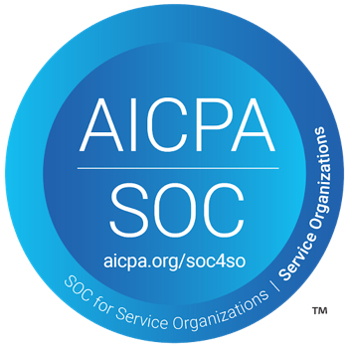Resources
The below resources can be accessed freely or requested under an NDA.
Privacy Policy
Terms & Conditions
Information Security Policy
Acceptable Use Policy
SOC 2 Type 1 Report
SOC 2 Type 2 Report
Compliance
We take security seriously. To that end, compliance reports and agreements validate our commitment to adhering to information security best practices and providing a level of assurance to our customers around the world. SOC 2: We are SOC 2 Type 2 compliant, including assessments of our control environment with respect to the Security and Availability Trust Services Criteria. You can request the report in the "Resources" section above. Privacy: As a Swiss registered entity, together with the fact that we serve clients from the European Union (EU), we comply with the EU General Data Protection Regulation (GDPR), the Swiss Data Protection Act (DPA) and the revised Swiss Data Protection Act (revDPA). Please refer to the Privacy Policy in the "Resources" section for more details.

SOC 2 Type 2
GDPR
Monitoring
At Cense, we continuously monitor and assess our internal controls via a dedicated compliance and testing automation platform (Secureframe). Below you can see the list of controls currently in place at Cense, together with their effectiveness status, pulled directly from our compliance platform.
Bug Bounty Program
At Cense, we value the input from security researchers regarding our security posture. If you think you have identified a vulnerability in our systems or processes, please reach out to [email protected]. Confirmed vulnerabilities are subject to a bug bounty payout commensurate with their severity and exploitability.
Contact Security @ Cense
If you have any questions related to our security practices or would like to schedule a call with our team please send us an email to: [email protected]
